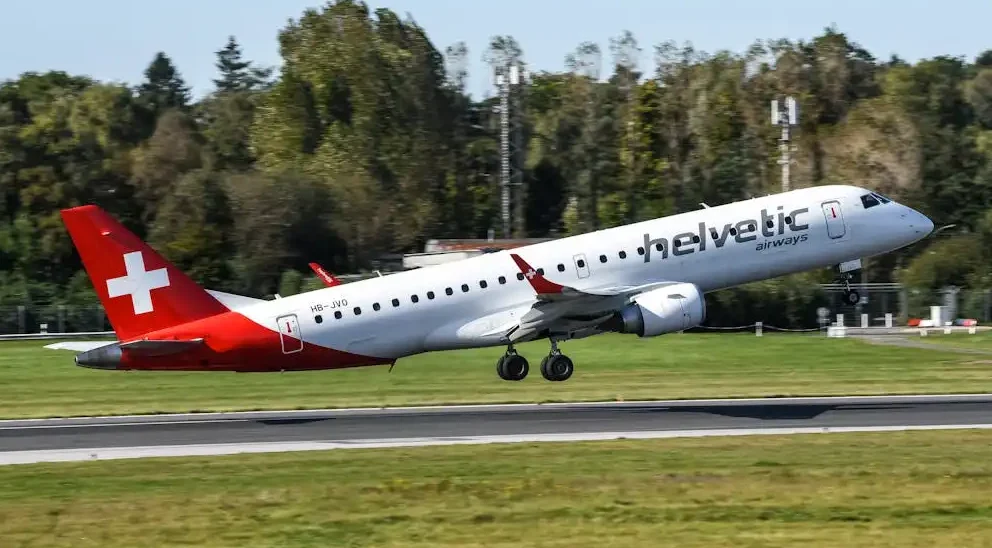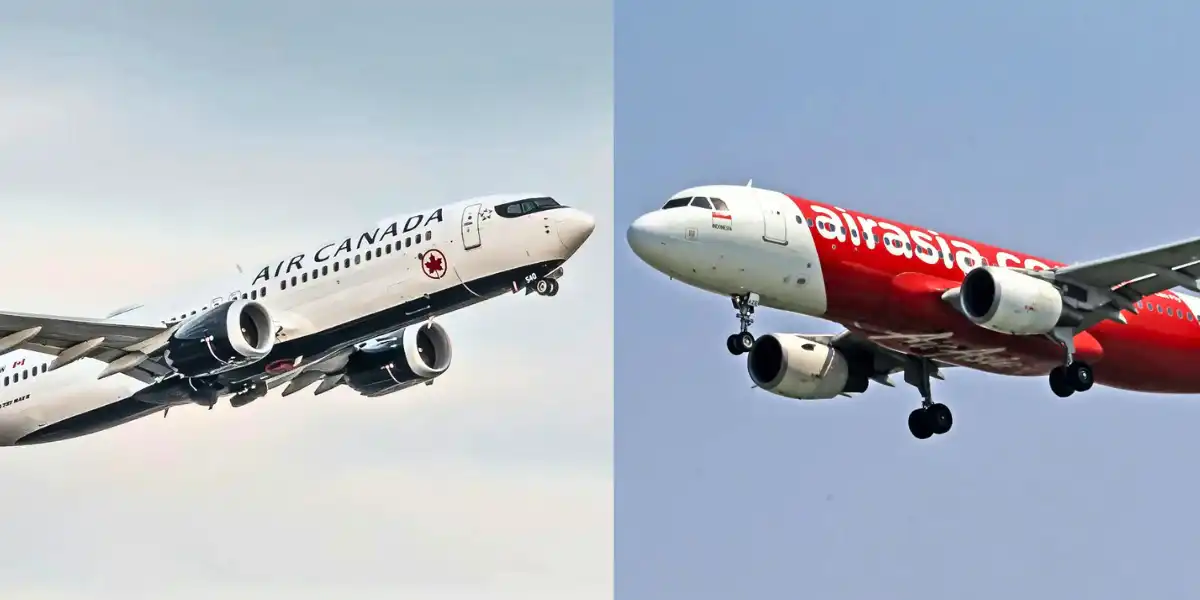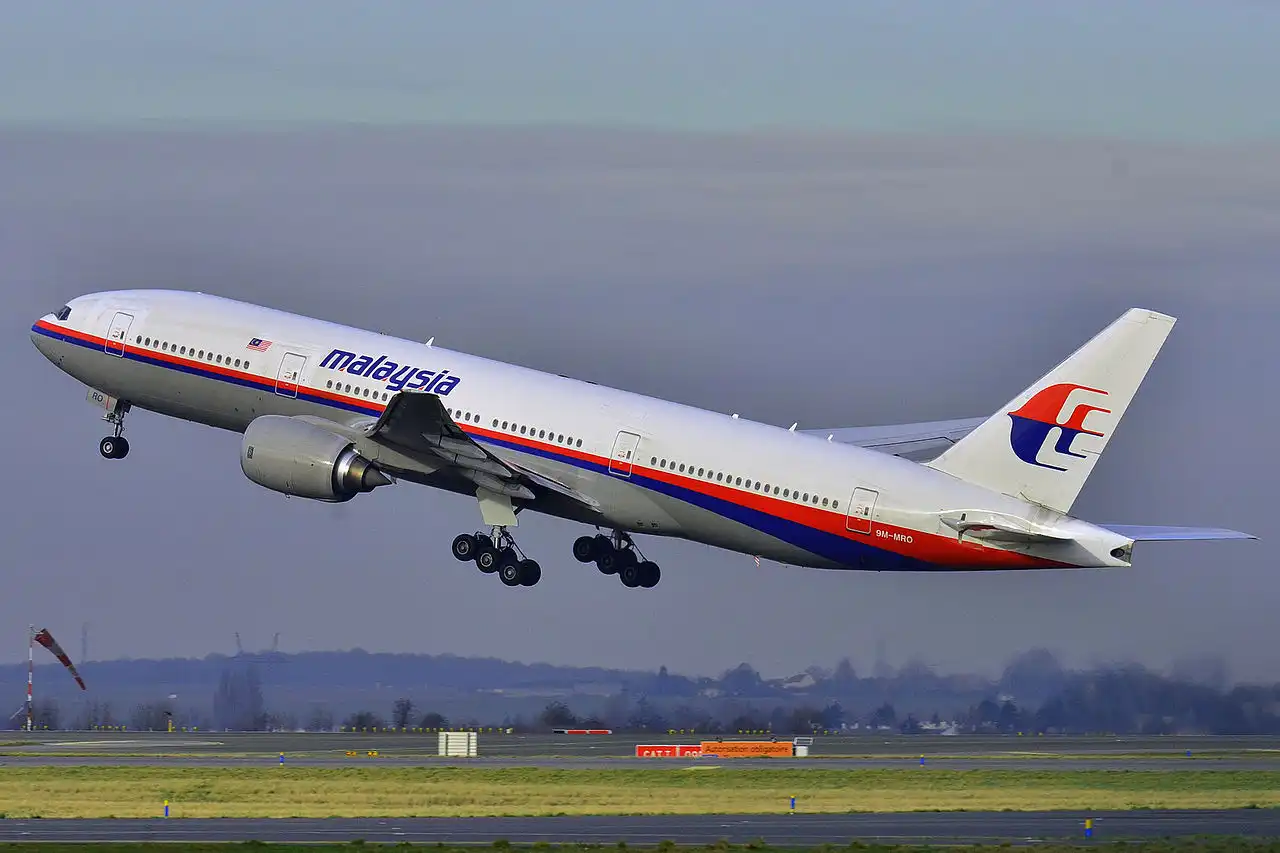Is Embraer 175 Safe? A Comprehensive Safety Analysis
When booking flights, safety concerns naturally arise for many travelers. The Embraer 175 has become one of the most common regional jets in North America, operating thousands of flights daily. But is Embraer 175 safe compared to other aircraft in its class? This analysis examines the safety record, engineering features, and expert assessments of this popular Brazilian-manufactured regional jet.
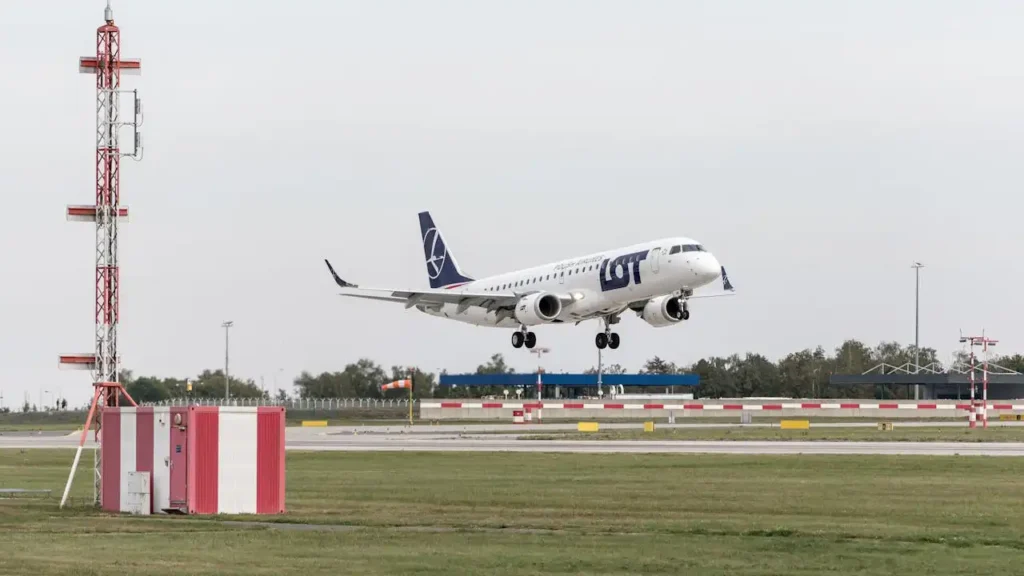
The Impressive Safety Record of the Embraer 175
The Embraer 175 has maintained an exceptional safety record since entering service in 2004. According to the Aviation Safety Network, the E175 has experienced zero fatal accidents throughout its operational history. This remarkable achievement places it among the safest commercial aircraft currently in service.
Statistical analysis from AirSafe.com confirms that the Embraer E-Jet family, which includes the Embraer 175, has a significantly lower accident rate compared to the industry average for regional jets. With over 600 Embraer 175s in operation globally, logging millions of flight hours annually, this safety record is particularly noteworthy.
Technical Safety Features That Make the Embraer 175 Safe
The Embraer 175’s safety profile stems from its advanced technical design and redundant safety systems:
- Fly-by-wire controls: The E175 employs sophisticated digital flight control systems that enhance safety by preventing pilots from exceeding the aircraft’s operational limits.
- Advanced avionics: Equipped with Honeywell Primus Epic avionics, the Embraer 175 provides pilots with enhanced situational awareness and decision-making tools.
- Engine reliability: The CF34 engines manufactured by General Electric have demonstrated exceptional reliability metrics with extremely low in-flight shutdown rates.
- Structural integrity: The aircraft features a robust airframe designed to withstand forces significantly beyond those encountered in normal operations.
Is Embraer 175 Safe in Challenging Weather Conditions?
Weather resilience is crucial for assessing if the Embraer 175 is safe for regular operations. The aircraft has demonstrated outstanding performance in difficult weather scenarios due to:
- Enhanced wing design that provides stability in turbulence
- Advanced weather radar systems for detecting and avoiding severe conditions
- Certification for operations in extreme temperatures (-54°C to +45°C)
- Superior crosswind landing capabilities
According to FlightGlobal’s analysis, the Embraer 175 has shown remarkable dispatch reliability even at airports known for challenging weather conditions, reinforcing confidence in whether Embraer 175 is safe for regional operations.
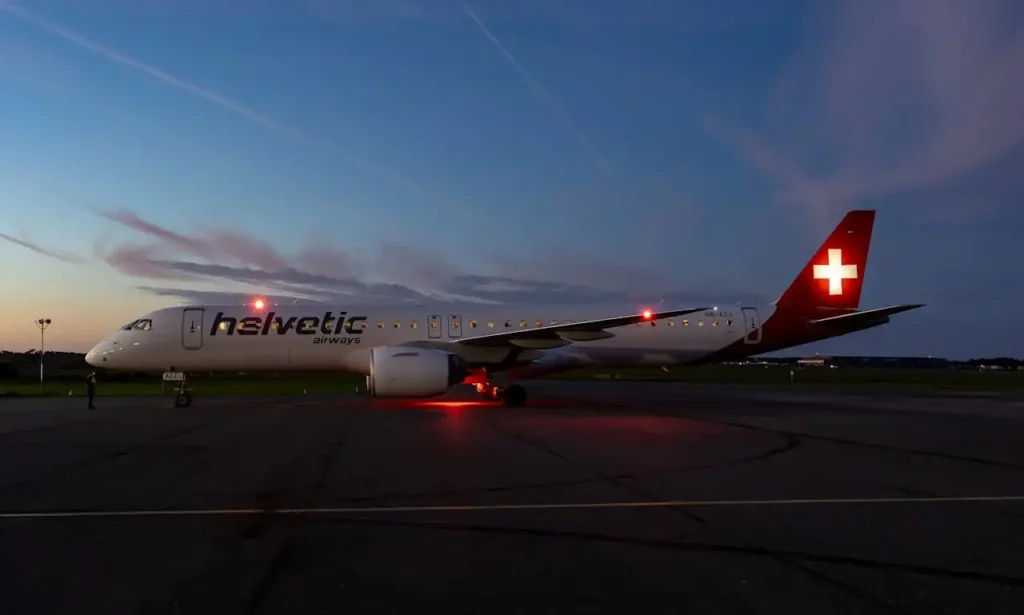
Passenger Safety Features and Emergency Preparedness
Beyond its technical specifications, the Embraer 175 is equipped with comprehensive passenger safety features:
- Rapid evacuation capability through multiple emergency exits
- Advanced cabin air filtration systems
- Enhanced cabin materials designed to minimize fire hazards
- Comprehensive emergency equipment exceeding regulatory requirements
These features collectively ensure that even in the unlikely event of an emergency, the Embraer 175 is safe for passengers and provides multiple layers of protection.
FAQs About Embraer 175 Safety
How does the Embraer 175’s safety record compare to Boeing and Airbus aircraft?
The Embraer 175 compares favorably with larger Boeing and Airbus models in terms of incident rates per flight hour. While having fewer total flight hours than the industry giants, its zero fatal accident record places it among the safest aircraft regardless of manufacturer or size category.
What is the average age of Embraer 175 aircraft in service today?
The average age of Embraer 175 aircraft currently in operation is approximately 9 years, with the oldest examples approaching 17 years. This relatively young fleet age contributes positively to the aircraft’s overall safety profile.
Has the Embraer 175 ever had any major recalls or airworthiness directives?
While all commercial aircraft receive airworthiness directives throughout their service life, the Embraer 175 has had notably fewer critical directives than comparable regional jets. Most have been routine in nature and addressed proactively before affecting operational safety.
Which major airlines operate the Embraer 175?
In North America, the Embraer 175 is operated by regional carriers for American Airlines, Delta, United, and Alaska Airlines. In Europe, KLM Cityhopper, LOT Polish Airlines, and Belavia are major operators, while Azul and Aeromexico operate significant fleets in Latin America.
What safety improvements have been made to the Embraer 175 since its introduction?
Since entering service, the E175 has received numerous safety enhancements including updated avionics software, improved weather detection capabilities, enhanced ground proximity warning systems, and strengthened cabin safety features.
Is the Embraer 175 safe for operations at high-altitude airports?
Yes, the E175 is certified for operations at airports up to 13,800 feet above sea level. Its powerful engines and optimized wing design provide excellent performance at high-altitude airports like La Paz, Bolivia, and Denver, Colorado.
Share your thoughts: We Value Your Feedback!


